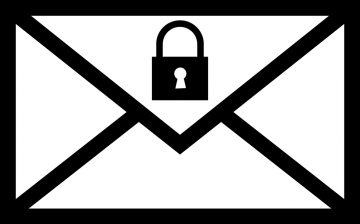'Error Retrieving Information From Bank' Scam

During our investigation of suspicious websites, our research team came across the "Error Retrieving Information From Bank" scam. This scam falsely asserts that there is an issue with the user's chosen payment method. It's important to clarify that despite the presentation of this scam, it has no affiliation with Google LLC or any of its services and platforms, despite attempting to spoof the legitimate company's imagery and branding.
Upon accessing a website hosting this scam, we encountered an error message. This message claimed that the user's payment method had been declined by their bank and requested them to choose an alternative method to avoid disruptions to Google services, payments, and subscriptions listed on the webpage.
After clicking the "Continue" button, the scam directed us to another page, urging us to update the payment method while assuring that this information would only be visible to Google.
It is crucial to emphasize that all the claims made by this scam are fraudulent, and this content has no connection to any Google services or platforms.
When we attempted to select the only available payment method, "Add credit or debit card," the website forcibly opened another page that failed to load. It is highly likely that this scam was designed to lead to a phishing site with the aim of obtaining credit/debit card details.
It is worth noting that this situation could potentially be rectified, and "Error Retrieving Information From Bank" might redirect to a functional webpage. Phishing sites capture and transmit the provided information to scammers, who can then exploit the exposed financial data for fraudulent transactions and online purchases.
It's essential to mention that, as the nonfunctional page was forcibly opened, the website running the scam simultaneously redirected to a different webpage. This is likely due to the initial website's monetization through rogue advertising networks.
These networks commonly promote untrustworthy, deceitful, harmful, and even malicious sites. However, they may also lead users to legitimate ones. Scammers often exploit the affiliate programs of legitimate content to earn illegitimate commissions for the promotion (i.e., redirection) of their schemes.
Another noteworthy aspect of the scam-hosting page is that it sought permission to display browser notifications. Rogue websites use these notifications to conduct intrusive ad campaigns, primarily promoting online scams, untrustworthy or hazardous software, and potential malware.
How Should You Act if You Suspect You Stumbled Upon a Scam?
If you suspect that you have stumbled upon a scam while browsing the internet, it's important to take immediate action to protect yourself and your personal information. Here's what you should do:
- Do Not Engage: Avoid interacting with the suspicious website or any associated content. Do not click on any links, download files, or provide any personal information.
- Close the Browser Tab or Window: If you're using a web browser and encounter a suspicious site, close the tab or window immediately. This can help prevent further exposure to the scam.
- Do Not Provide Personal Information: Never share personal or financial information with a suspicious website or via links provided by it. Legitimate organizations will not ask for sensitive data in this manner.
- Run a Security Scan: Perform a full system and anti-malware scan on your device to check for potential threats. Make sure your antivirus and anti-malware software is up to date.
- Change Passwords: If you've entered any passwords on the suspicious site, change them immediately for the associated accounts. This is a precautionary measure to prevent unauthorized access.
- Report the Scam: Report the scam to relevant authorities and organizations. This includes your local law enforcement, the Federal Trade Commission (FTC), your country's consumer protection agency, and the Anti-Phishing Working Group (APWG).
- Notify Your Financial Institution: If you suspect that your financial information may have been compromised, contact your bank or credit card company to report the situation and monitor your accounts for any unauthorized activity.
- Enable Two-Factor Authentication (2FA): If you haven't already, enable 2FA on your online accounts. This provides an extra layer of security and makes it more difficult for unauthorized users to access your accounts.








